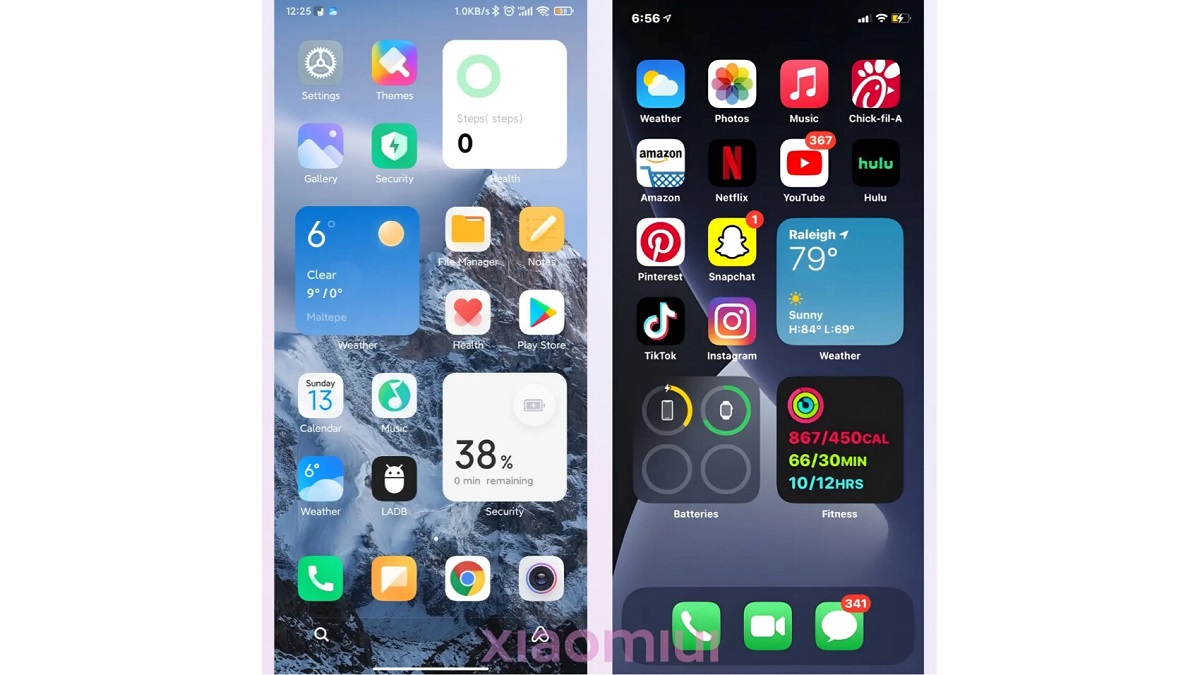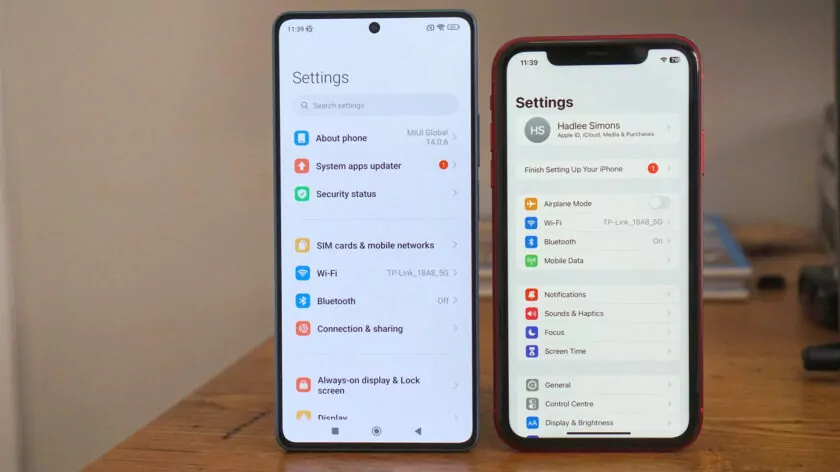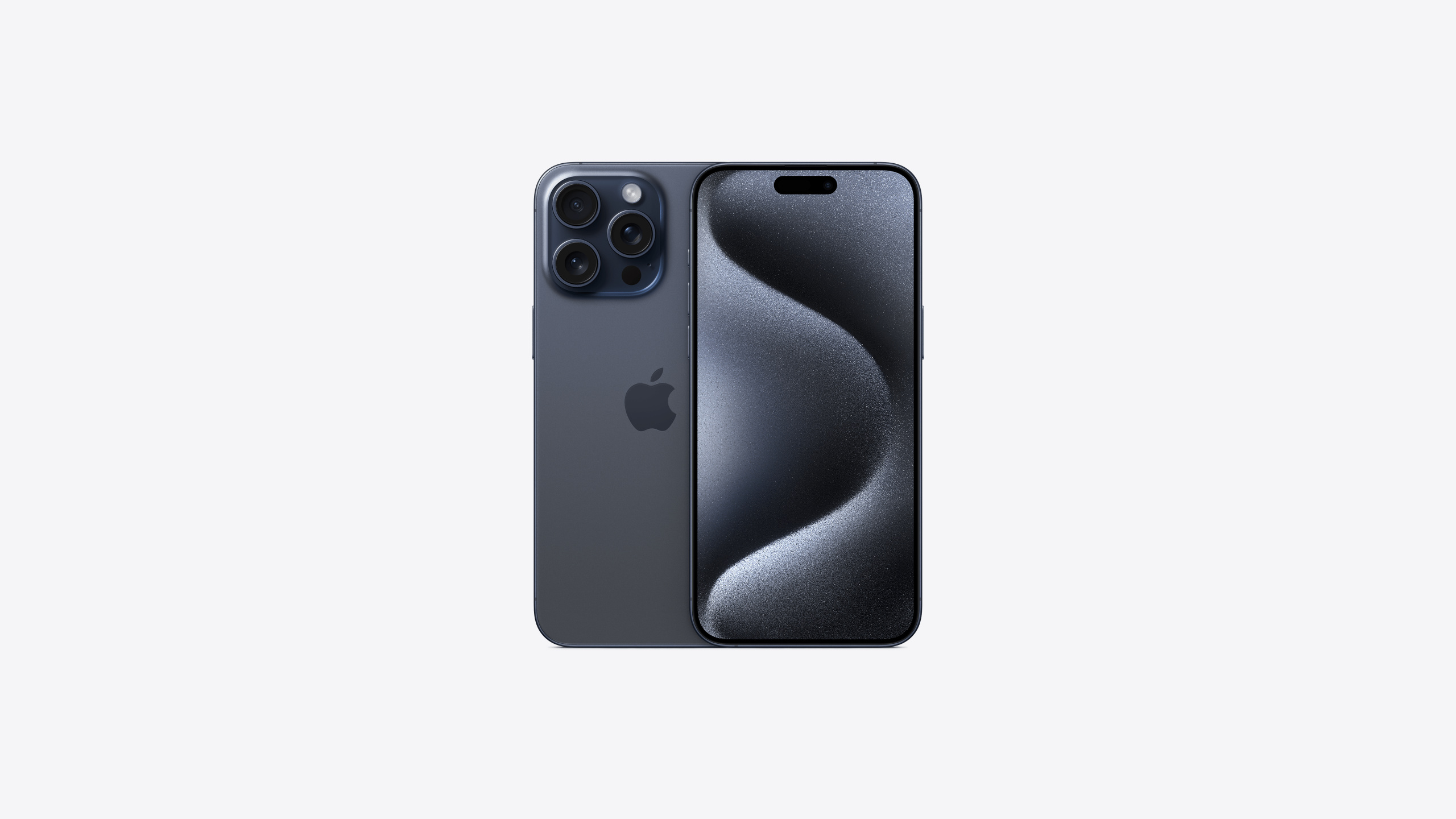
Mobiles
It's time for Xiaomi to establish its unique identity, moving away from iOS resemblances.
2023-10-24 20:43:49

In the early 2010s, Xiaomi, like many Chinese brands, adopted an iOS-inspired interface. While this move was justified back then, given its affordability, today's premium Xiaomi phones warrant a departure from this trend. Let's explore the ways MIUI mirrors Apple's iOS and why it's time for a change.
Similarities with iOS: A Closer Look
From the settings menu to the Control Center, MIUI bears a striking resemblance to iOS. Even the camera app layout closely mimics Apple's design. While some argue that this is a common approach, Xiaomi's emulation is evident.
Evolution of MIUI

MIUI has come a long way, with more recent versions introducing features like the app drawer. However, the Chinese skin remains heavily influenced by iOS, especially in terms of home widgets.
The Significance of Originality
With flagship Xiaomi phones now exceeding €1,300, users expect a unique experience. While features may be borrowed across brands, an original aesthetic is crucial for setting Xiaomi apart in the premium market.
Practical Implications
MIUI's extensive reskinning of Android has led to more bugs and a less consistent user experience. A more restrained approach could result in a smoother, more polished interface.
A Call for Change
Xiaomi has two potential paths forward: distinct MIUI skins for global and Chinese markets or a unified, overhauled design. Each option has its pros and cons, but both would mark a departure from the iOS-inspired look.
The Future of MIUI
As the flagship market grows more competitive, Xiaomi must shed the iOS-like interface to truly stand out. A fresh, original design would be a welcome change for Xiaomi enthusiasts and newcomers alike.


